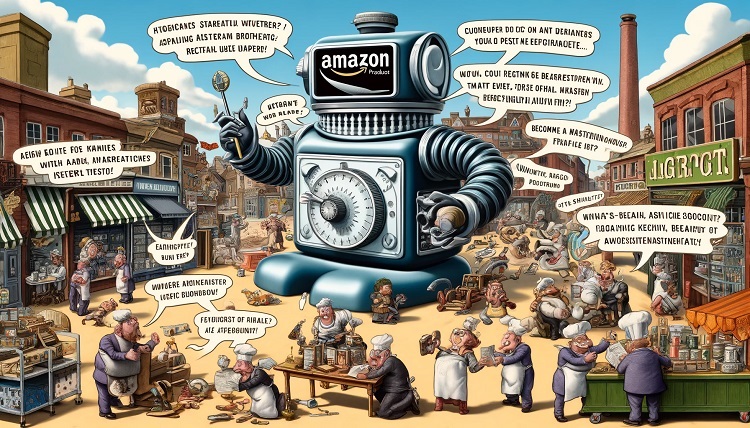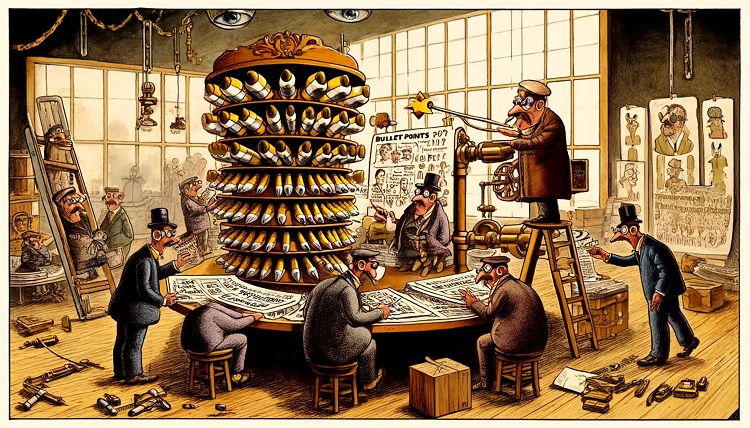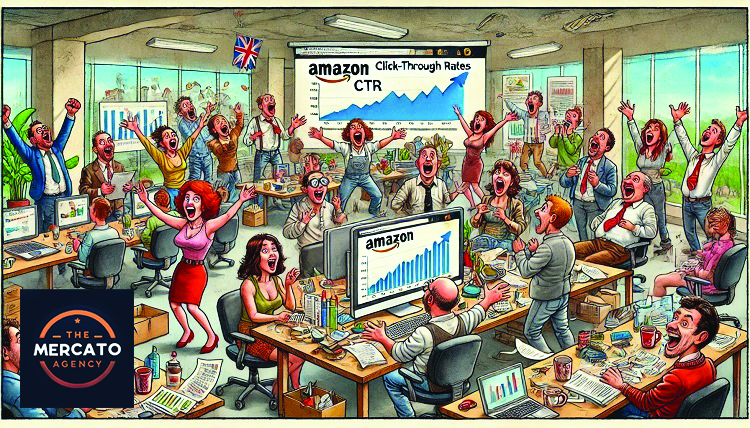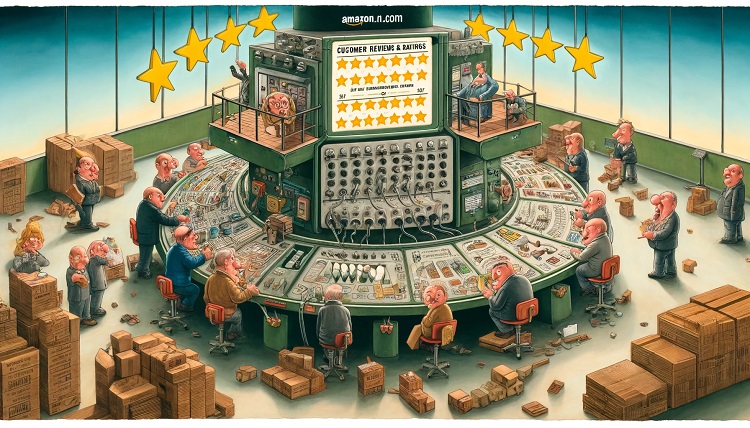Pricing Strategies on Amazon
Pricing strategies on Amazon are crucial for sellers looking to maximize their profitability and competitiveness.
Pricing plays a crucial role in determining a seller’s success or failure on Amazon.
Here are some key strategies to consider:
Competitive Pricing: This involves setting prices comparable to or slightly lower than your competitors’. It’s essential to regularly monitor competitor pricing and adjust yours accordingly. This strategy can be particularly effective in highly competitive categories.
Value-Based Pricing: This strategy sets prices based on the perceived value of the product to the customer rather than on the cost of the product or competitors’ prices. It requires a deep understanding of your target market and what they are willing to pay.
Dynamic Pricing: Also known as surge pricing, this involves adjusting prices in real-time based on demand, availability, and other market factors. Amazon’s pricing algorithms often change prices multiple times a day based on these factors.
Psychological Pricing: This strategy uses pricing techniques that affect a customer’s perception, such as setting prices just below a round number (e.g., $19.99 instead of $20). This can make the price appear significantly lower in the mind of the consumer.
Bundle Pricing: Offering products in a bundle at a discounted rate compared to buying each item separately can attract customers looking for a deal and increase the average order value.
Penetration Pricing: This involves setting a low price to enter a competitive market and attract customers quickly. The idea is to gain market share rapidly and then gradually increase the price.
Skimming Pricing: This is the opposite of penetration pricing, where you set a high price initially to maximize profits from early adopters and then gradually lower the price to appeal to a broader market.
High/Low Pricing: This strategy involves initially pricing products high and then offering discounts, sales, or promotions periodically. This can create a sense of urgency and drive sales during the discount periods.
Loss Leader Pricing: This involves pricing one or more products at a loss or very low margin to attract customers, with the hope that they will also purchase other, more profitable products.
Premium Pricing: If your product is unique, of high quality, or has a strong brand recognition, you can set a higher price than competitors. This works well for niche products or those with distinct competitive advantages.
Each of these strategies has its pros and cons, and the effectiveness of each can vary greatly depending on the type of products you sell, your target market, competition, and overall business goals.
It’s also important to comply with Amazon’s pricing policies to avoid issues like price gouging or anti-competitive practices.






